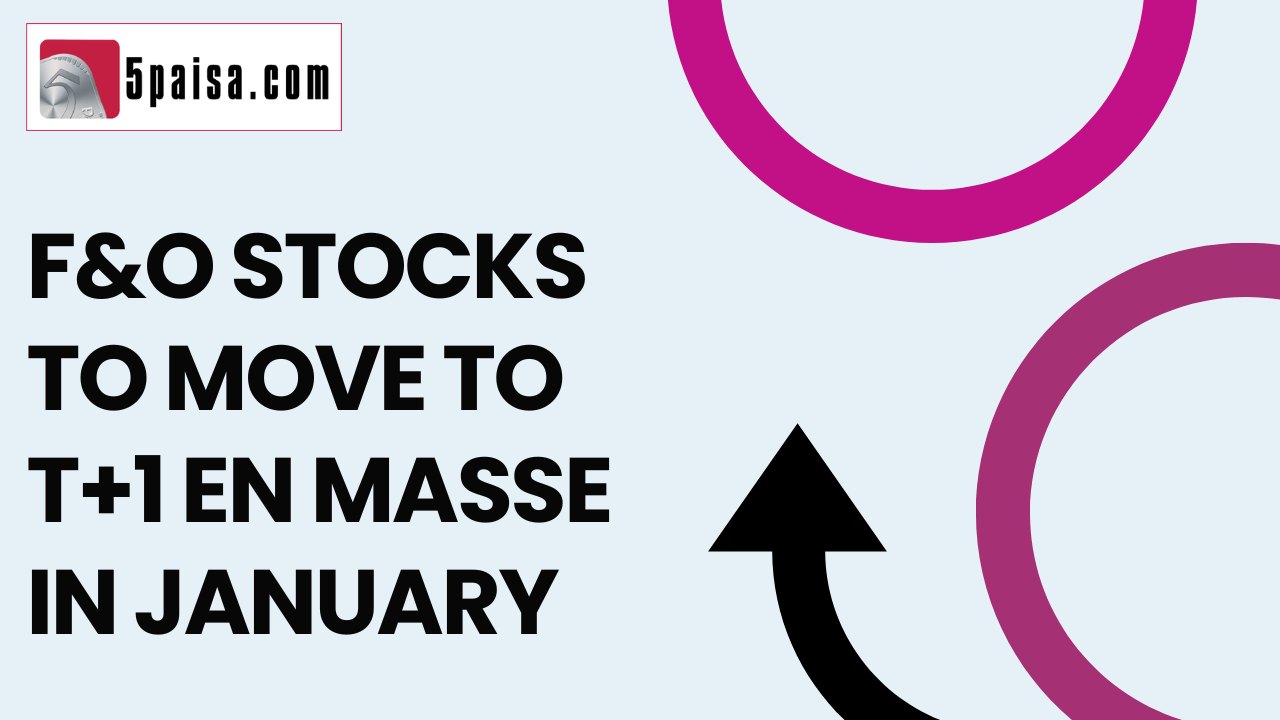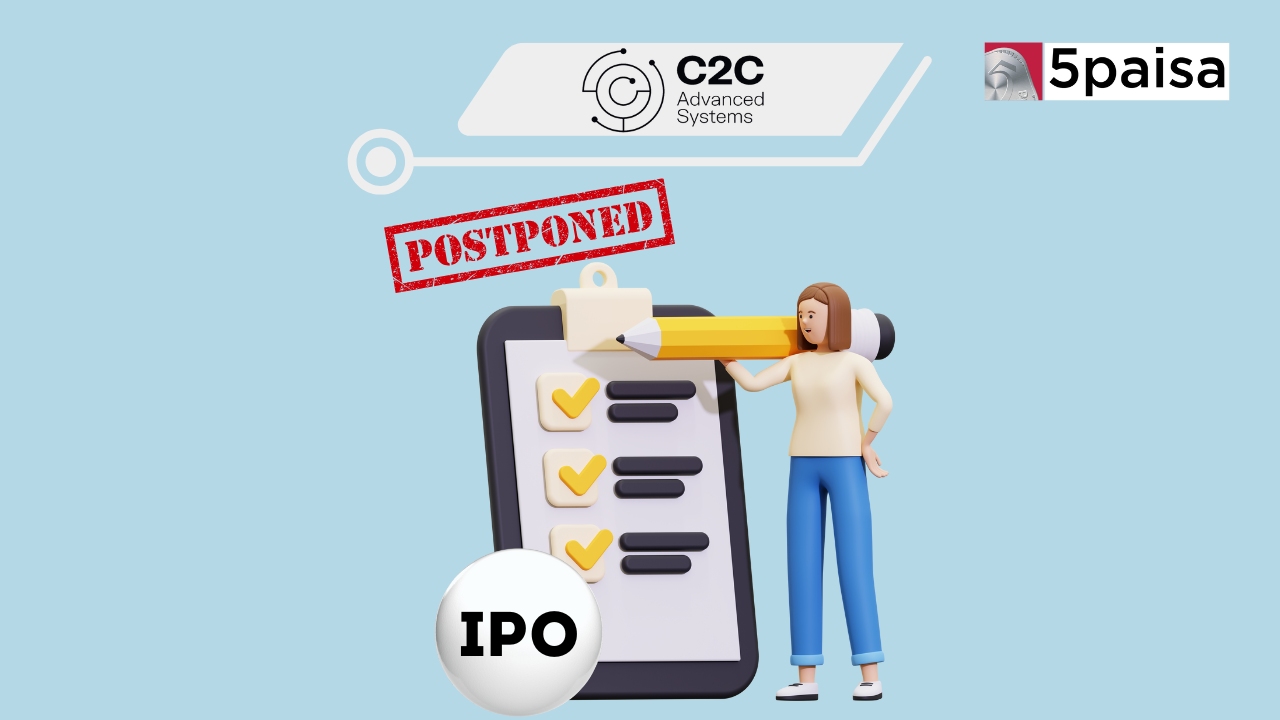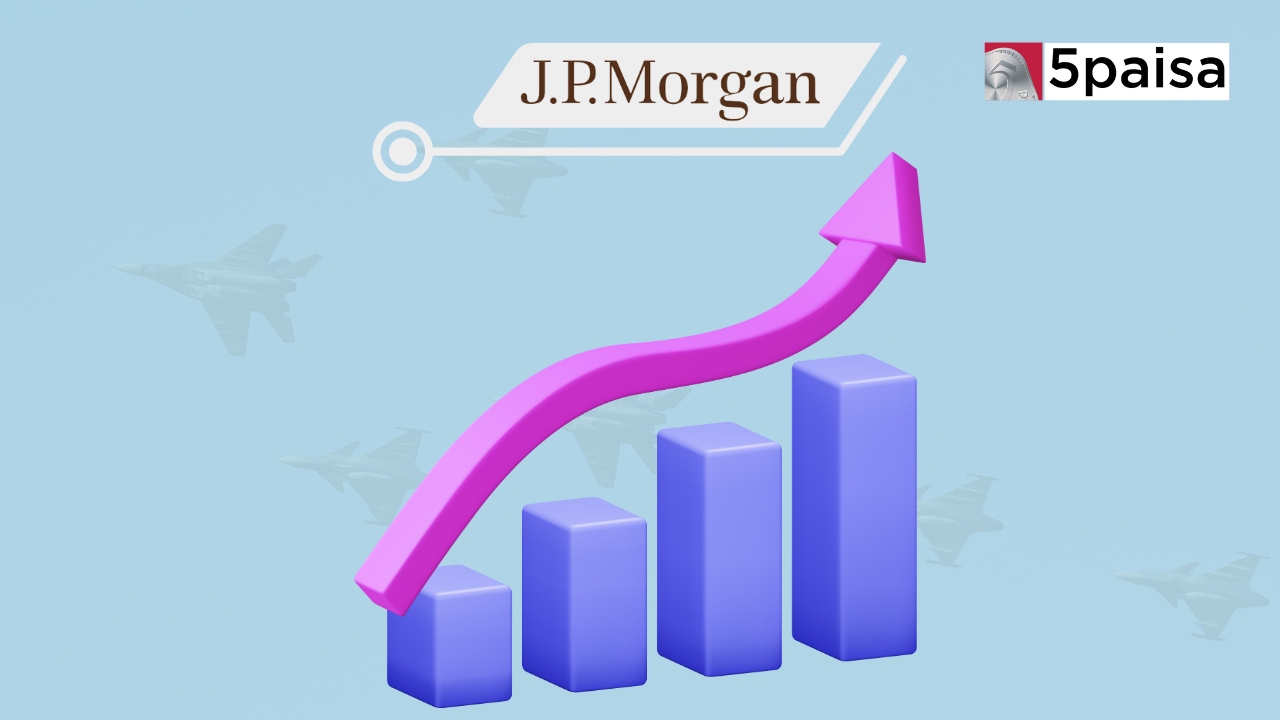SEBI Halts C2C Advanced Systems IPO Listing Amid Audit Review
All F&O stocks to transition en masse to T+1 cycle in January 2023

Last Updated: 9th December 2022 - 11:18 am
The move to T+1 settlement had started way back in February 2022 when the first batch of stocks had been moved from the T+2 settlement cycle to the T+1 settlement cycle. Over the next few months, nearly 500 stocks have been progressively moving into the T+1 cycle. December 2022 and January 2023 were the two months when the transition and migration of the all-important F&O stocks were to happen. Now, for simplicity and for operational convenience, SEBI has decided to combine both sets of stocks in January. That means as of January 2023, all the F&O stocks would have migrated to the T+1 cycle.
What exactly does the shift to T+1 settlement cycle really mean? Currently, the stock markets are in the T+2 settlement cycle. That means, if you buy a stock, that stock gets credited into your demat account on T+2 day i.e. 2 working days after the trade date. Similarly, when you sell shares, the funds from the sale are credited to your bank account by the close of T+2 day. This is a system that efficiently been in operation since the year 2003. Shifting to T+1 means demat credits will come on the day after the trade date and the bank credit in the event of sale of shares will also come on the day after the trade date.
However, it must be noted that T+1 cycle is nothing new to India. If you have traded in futures and options, you would know that F&O stocks have always been on T+1 settlement. That means; if you liquidate your position today, the funds are available from the next day itself. The T+1 was supposed to happen quite a few years back but got put off since the market infrastructure institutions like stock exchanges, depositories and clearing corporations were not fully equipped. Now that is done and there is total readiness to migrate to a T+1 system of rolling settlement in equity trading also.
It may be recollected that it was only in September 2021 that SEBI had permitted stock exchanges to introduce a T+1 settlement cycle with effect from January 1, 2022. However, at that time, SEBI had underlined that this would be on a phased basis for simplicity of implementation. In February, the bottom 100 companies by market cap were migrated to T+1 settlement. From March 2022 onwards, on the last Friday of each month, the next bottom 500 stocks from the list would be migrated and made available for T+1 settlement. Now with just two tranches of migration left, SEBI has decided to combine the two migrations of December and January into January 2023.
In a sense, it was waiting to happen. India had moved to rolling settlements in the year 2001 and had started off with T+3 settlement cycle. After that, in just 2 years i.e. in 2003, the markets had transitioned from T+3 to T+2 cycle, despite protests. However, things have moved smoothly after that. Since then, it is a full 18 years and the settlement cycle had not been compressed any further. Clearly, it was time for the Indian markets to now transition from the T+2 to the T+1 system. Thankfully, now India has the market infrastructure bandwidth and the level of sophistication in the banking system to handle an operation of this magnitude.
Trending on 5paisa
Discover more of what matters to you.
Indian Market Related Articles
Disclaimer: Investment in securities market are subject to market risks, read all the related documents carefully before investing. For detailed disclaimer please Click here.
 5paisa Research Team
5paisa Research Team





